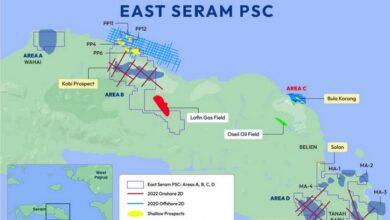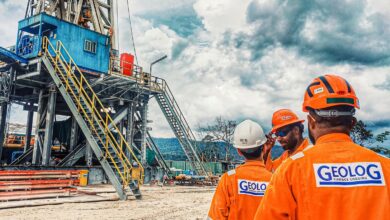Model predictive control could help operators optimize completion costs in real time
By Stephen Whitfield, Associate Editor
Although the industry has achieved significant cost savings at hydraulic fracturing sites in the past few years, completion costs can often be twice as high as drilling costs, according to Yuxing Ben, a Senior Reservoir Engineer at Oxy. To address this challenge, Ms Ben spoke at the 2020 SPE Hydraulic Fracturing Technical Conference in The Woodlands, Texas, describing a way to optimize completion costs in real time by adjusting the frac pumping schedule.
She proposed a data-driven approach to model wellhead pressure, as well as the use of machine learning to characterize a system with model-based control of pumping schedules.
Ms Ben’s presentation was based on a paper (“Real Time Completion Cost Optimization Using Model Predictive Control”) co-written with Sathish Sankaran, Clayton Harlin, and Michael Perrotte of Oxy on the development of the model.
“We developed the data-driven model so that you know how to predict the wellhead pressure, and then you can use that model to optimize the cost,” Ms Ben said.
The industry has seen growing interest in data-driven control in a number of areas, including completion cost optimization, she noted. Completion service cost structures are primarily driven by hydraulic horsepower consumption, represented by the average wellhead pressure and slurry rate, and they vary by service contracts. Some charges are based on a lump monthly sum. Other charges are an extra cost plus the base rate when the average slurry rate and average pumping pressure fall within a certain range.
Researchers at Oxy developed a data-driven model with system identification – a methodology for building mathematical models of dynamic systems – that characterized how wellhead pressure responded to changes in slurry rate, proppant concentration and friction reducer concentration.
Ms Ben discussed the time series data for a pair of wells completed in an unnamed onshore basin. For both wells, the average slurry rates stayed constant for different stages, while the average pressure decreased when the frac stages were away from the toe stages. This, she said, has some implications for costs. For instance, if a well saw similar pressure drops below a certain psi, drillers could increase the slurry rate or proppant concentration for the later stages while maintain wellhead pressure below that psi level. That would reduce the pumping time and, in turn, allow more room to adjust the pumping schedule and save on completion costs.
While the model discussed aimed at optimizing horsepower costs, Ms Ben said users could ideally modify it to suit their needs.
“You could set how your constraints go. You can define your costs. It could depend on horsepower, or you could optimize the use of friction reducers. It’s not limited to the horsepower,” she said.
The paper outlined the use of model predictive control (MPC) to design an optimal schedule subject to a wellhead pressure setpoint. MPC helps to predict the behavior of a system and finds the ideal control action to achieve a given target. Given a prediction horizon, MPC solves optimization problems at every time step using only the first control action recommended by the user, which Ms Ben said makes it useful for optimizing completion costs in real time.
“The idea is not that complex,” Ms Ben said when discussing the MPC model. “Basically, you learn from your past. You know the input and output, you know your target, so based on the model you build off of your previous data, you can try to predict what will happen in the future. You can design your parameters to reach the direct trajectory to your target.”
When the test window size was small – around 5 to 10 minutes – the MPC-based model could graphically represent the true wellhead pressure. The shorter the window, the better the predictions. Ideally, she said such a model could be used in a latency-free edge-computing context in the field, where it could offer true real-time analysis. However, she said the model could be deployed in a cloud computing system by completion engineers if the latency can be minimized.




